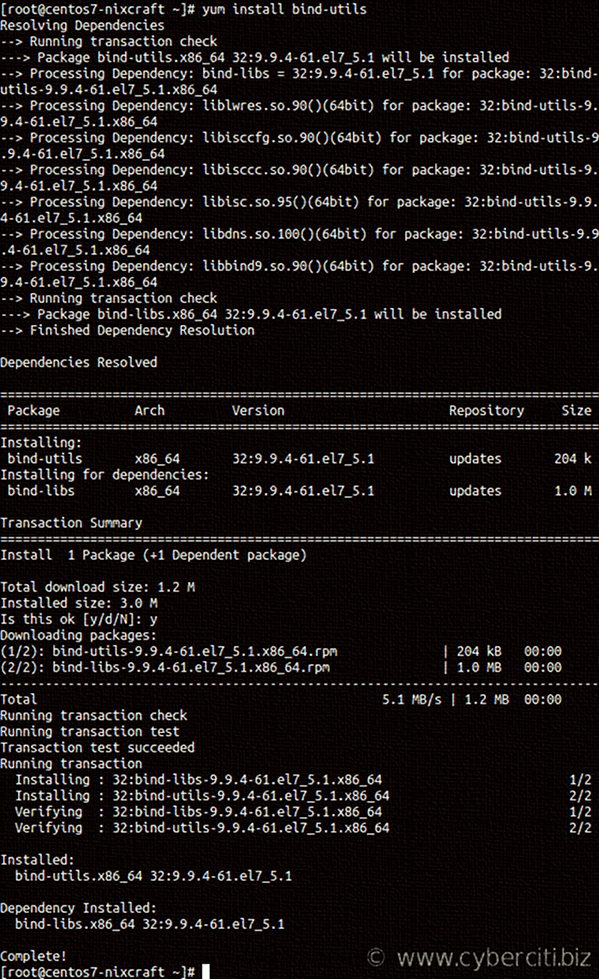

node -vĪt this point, Node.js has been installed. You can find more details about the current version on the official node.js website. Verify and check the installed version after installing node.js. This command will also install many other dependency packages on your system. npm will also be installed along with node.js. yum clean all & yum makecache fastĪfter adding the yum repository to your system, let's install the Node.js package. You will also need to develop tools to build the native add-ons to be installed on the system. yum remove nodejsįirst, you need to enable the node.js yum repository on the system provided on the official Node.js website. Verify node and npm version by executing the following commands node -v npm -v We should be setup and good to go now.

Use this tutorial to add the yum repository and install the latest Nodejs on CentOS / RHEL 7/6 systems using simple commands. Install NodeJS via yum sudo yum install -y nodejs 5. The latest version of the node.js yum repository is maintained by its official website.

It assumes that you already have a working version of Node.js installed and virtual hosts set up to run it on. Installing Node.js And Node.js Package Manager With yum. This wiki will go over how to run Node.js apps with OpenLiteSpeed.

OpenLiteSpeed Web Server can be configured to proxy traffic to Node.js so that users can run Node.js applications (like Ghost) on their sites. Now use the yum command to install Node.js. To this make sure you have access to to the EPEL repository, you can do this by running the following command. Node.js is a platform that generally runs as a separate web server. Another efective but very easy way to install Node.js on your machine is to do it from the official repository.


 0 kommentar(er)
0 kommentar(er)
